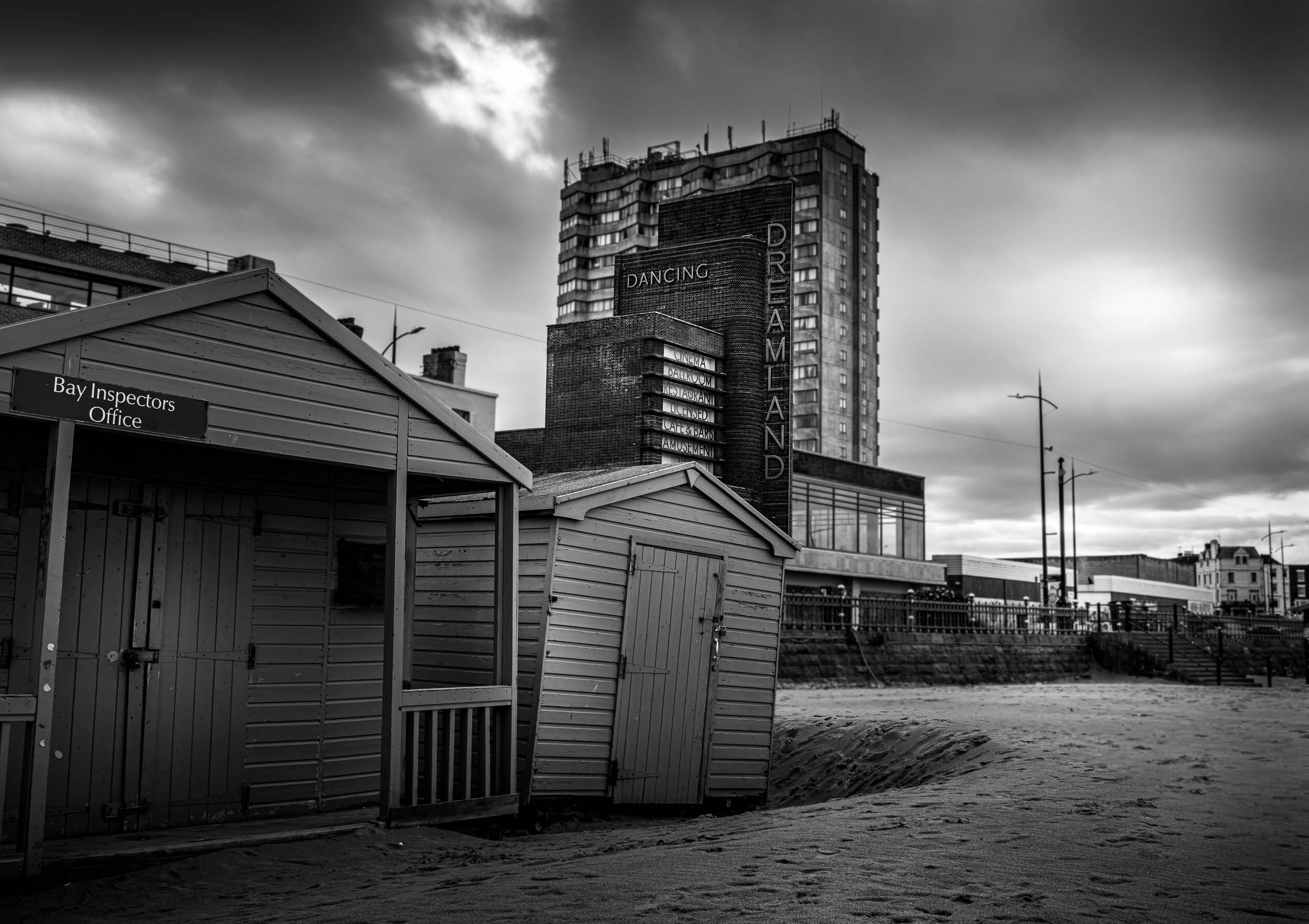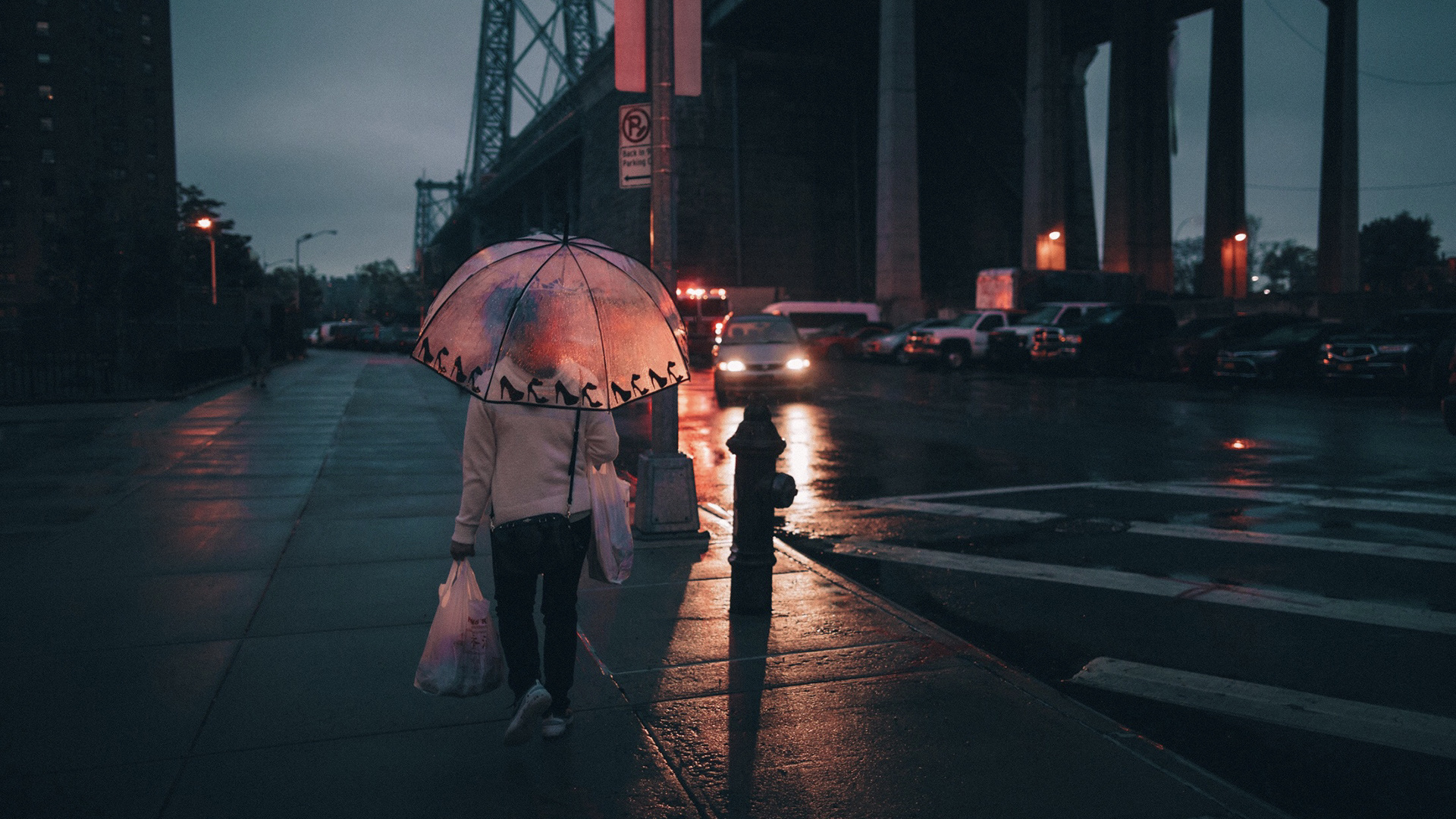See This Report about Street Photographers
Table of ContentsWhat Does Street Photographers Mean?All about Street PhotographersThe Ultimate Guide To Street PhotographersUnknown Facts About Street PhotographersThe Buzz on Street Photographers
, a category of digital photography that documents day-to-day life in a public location. The very publicness of the setting makes it possible for the digital photographer to take honest images of complete strangers, usually without their understanding. Road professional photographers do not necessarily have a social objective in mind, but they like to isolate and catch minutes which could or else go unnoticed.Though he was influenced by a lot of those that influenced the street photographers of the 1950s and '60s, he was not chiefly curious about catching the spirit of the road. The impulse to visually document people in public began with 19th-century painters such as Edgar Degas, douard Manet, and Henri de Toulouse-Lautrec, who functioned side by side with digital photographers trying to catch the essence of urban life.

Given the great top quality of his photos and the breadth of material, architects and musicians typically bought Atget's prints to make use of as referral for their own work, though industrial passions were rarely his main motivation. Instead, he was driven to photograph every last remnant of the Paris he liked.
The smart Trick of Street Photographers That Nobody is Talking About
They disclose the city with his eyes. His work and essential understanding of digital photography as an art type acted as ideas to generations of photographers that adhered to. The future generation of street photographers, though they likely did not refer to themselves because of this, was introduced by the photojournalism of Hungarian-born photographer Andr Kertsz.
Unlike his peers, Brassa used a larger-format Voigtlnder electronic camera with a much longer direct exposure time, forcing him to be extra calculated and thoughtful in his practice than he may have been if making use of a Leica.
Cartier-Bresson was a champ of the Leica electronic camera and one of the initial professional photographers to maximize its capabilities. The Leica enabled the photographer to engage with the environments and to capture moments as they occurred - Street Photographers. Its reasonably little dimension also helped the professional photographer fade into the background, which was Cartier-Bresson's favored strategy
Street Photographers for Dummies
It is as a result of this fundamental understanding of the art of image taking that he is often attributed with finding the medium all over once more about a century given that its invention. He took pictures for even more than a half century and affected generations of digital photographers to trust their eye and instinct in the moment.
These are the questions I will attempt to answer: And then I'll leave you with my very own definition of road photography. Yes, we do. Allow's begin with defining what a meaning is: According to it is: "The act of defining, or of making something definite, distinct, or clear".
No, certainly not. The term is both restricting and deceiving. Appears see here like a road photography need to be images of a streets appropriate?! And all road photographers, except for a small number of outright newbies, will completely value that a road is not the key component to street photography, and actually if it's a photo of a street with perhaps a couple of uninteresting people not doing anything of passion, that's not road digital photography that's a photo of a road.
He makes a valid point don't you believe? While I agree with him I'm not sure "honest public digital photography" will certainly capture on (although I do kind of like the term "honest digital photography") due to the fact that "road digital photography" has actually been around for a long time, with many masters' names attached to it, so I think the term is here why not check here to remain.
The 5-Minute Rule for Street Photographers
Inside?! I hear you yell as you shake your fist to the sky. Why not? You can contend the beach, at a festival, in a street, in a park, in a piazza, in a coffee shop, at a gallery or art gallery, in a city station, at an occasion, on a bridge, under a bridge ...

Not known Details About Street Photographers
